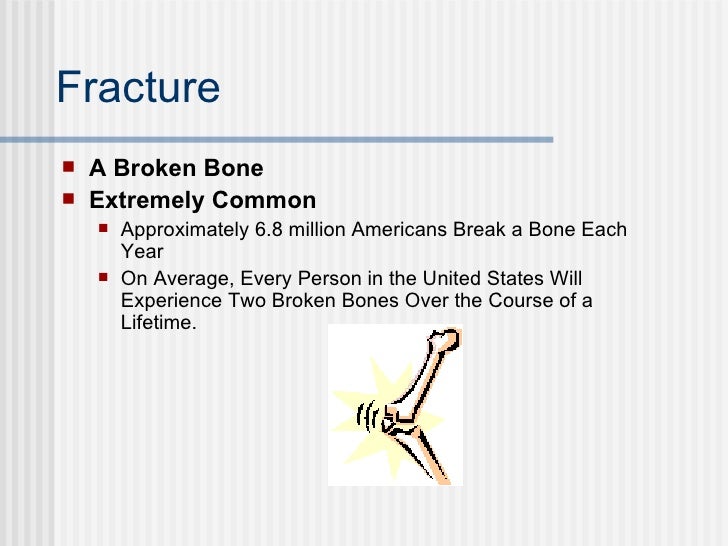

The images below show different fractures. Whether you will need surgery or just casting depends on the severity of the ankle injury. Identifying if fracture ankle surgery is necessary for medial malleolus ankle fractures is usually straightforward. Medial malleolus fractures are relatively uncommon. You step wrong and twist your foot inward or outward to cause the break. A majority of ankle fractures are the result of rotational forces. The break may occur by itself but it normally accompanies injuries to the outside of the ankle or a fibula fracture of the smaller of the two lower leg bones. Medial malleolar fractures involve the articular surface of the ankle joint, which is where the bones meet in the joint. It bears 90% of the weight-bearing load, so this is a common fracture. You can feel this area as the bump on the inner side of your ankle joint. The medial malleolus is an anatomical region of the tibia bone, which is the larger of the two lower leg bones. Medial malleolus fractures are classified by the actual orientation of the fracture line. For more information or to schedule an appointment, please call 21.When you break the inner bone of your ankle, it is called a medial malleolus ankle fracture. It can be difficult to tell whether the injury is a fracture, dislocation, sprain or strain. We also address hairline fractures and take every break and orthopedic condition seriously, because it is. The Center for Orthopaedic Surgery and Sports Medicine treats traumatic bone fractures and provides trauma care. Sometimes the bone is broken enough to create an angle between the broken ends, which causes a deformity along the bone. There is also pain from the broken bone due to damage of microscopic nerve endings around the bone. It may not be apparent in some cases that a bone has broken, but if painful symptoms are present and unabated, don’t take a chance. When bones break, there is swelling due to bleeding from the blood vessels in and around the bone. In such a case the bone may or may not be visible through the wound.
#Bone fracture vs break skin
Either the bone breaks through the skin or it is exposed through a wound that occurs naturally at the time of the accident.

Displaced fractures are similar to comminuted fractures in that the bone snaps into two or more parts.Far from a clean break, comminuted fractures usually require surgery and long recovery periods. Comminuted fractures –considerable force or extreme trauma results in fractures, splinters, and fragments that can’t align back up.Oblique fractures – occur along a diagonal plane, usually with longer bones such as the femur or tibia.Transverse fractures are fractured clean through, or perpendicular to the bone. Transverse fractures – When a transverse fracture occurs, an X-ray of the bone will reveal it was fractured along a horizontal line.The ends of the bones line up, nearly matching, allowing for easier healing than with more severe fractures. Stable fracture – a bone that is broken, but with minimal damage.

Once the area of the body where the fracture has occurred has been defined, your doctor will determine the sort of fracture that occurred.

Knowing which sort of fracture you have will allow your orthopedist to provide tailored care, and will also help you determine how long it may take you to recover. Understand that a fracture is the same as a break, though some fractures/breaks are less severe than others. Defining Termsīones break due to an outside force, such as a fall or a car accident they can also fracture due to natural causes such as disease or poor diet. Here is more to know about the different types of fractures. Over the course of a lifetime, it’s highly probable that one of these 206 bones will sustain a fracture. We are born with 270 bones by adulthood many of those bones have fused together, leaving us with 206 bones that support every step and movement we make for the rest of our lives.


 0 kommentar(er)
0 kommentar(er)
